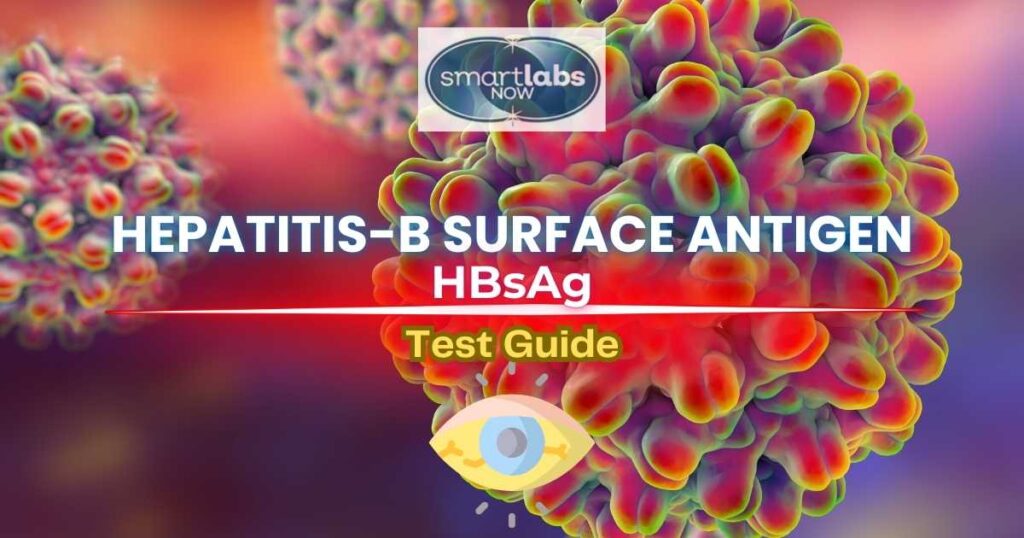
Hepatitis B virus (HBV) is a serious infection primarily affecting the liver. It spreads through contact with infectious body fluids, including blood, and can lead to severe health complications such as liver failure, cirrhosis, and liver cancer. HBV can be transmitted through unprotected sexual contact, needle sharing, and from mother to baby during childbirth. In some under-resourced healthcare settings, contaminated medical or dental equipment can also be a source of transmission.
Early detection is crucial in managing HBV and preventing its progression.
One key tool in detecting hepatitis B is the Hepatitis B surface antigen (HBsAg) test. This test plays a significant role in identifying individuals infected with the virus, enabling timely treatment and prevention strategies. Detecting the virus early can prevent long-term complications such as cirrhosis and hepatocellular carcinoma (liver cancer).
Even though they broadly serve the same diagnostic purpose, this scan is technically different from the HBsAb (anti-HBs) test, which detects antibodies indicating recovery or immunity from the virus.
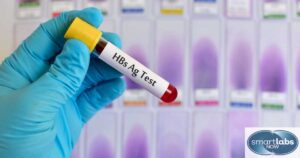
The hepatitis B surface antigen (HBsAg) is the first marker that appears in the blood after HBV infection. It is a protein on the virus’s surface, and its presence in the bloodstream indicates an active hepatitis B infection. The HBsAg test is the main tool used for detecting HBV infection.
Early detection through HBsAg testing is critical because it allows for the initiation of treatment before the virus causes irreversible damage, such as cirrhosis or liver cancer.
High-risk individuals for hepatitis B, including healthcare workers, people with multiple sexual partners, intravenous drug users, and those born in areas where HBV is prevalent, should regularly undergo HBsAg testing.
Routine screening is also essential for pregnant women to prevent virus transmission to their babies during childbirth.
The test not only helps identify acute infections but also chronic carriers. Chronic HBV carriers may not display symptoms but can still transmit the virus to others, making screening an important public health tool.

To fully understand hepatitis B and the HBsAg test, it’s important to grasp key terms associated with the infection:

Deciding when and who to test for HBsAg depends on various factors, including an individual’s risk profile.
People born in regions with high rates of HBV, individuals who inject drugs, those with a family history of the disease, and pregnant women are often advised to get tested. The Centers for Disease Control and Prevention (CDC) recommends universal screening for specific high-risk groups, such as people with HIV, dialysis patients, and sexual partners of individuals with HBV.
Doctors routinely test pregnant women for HBsAg to prevent mother-to-child transmission, which is one of the most common ways the virus spreads globally. Additionally, healthcare guidelines from the Advisory Committee on Immunization Practices (ACIP) strongly recommend testing for other at-risk populations to ensure timely detection and prevention.

Preparing for an HBsAg test is straightforward. In most cases, you do not need to fast or prepare specially. However, it’s important to inform your healthcare provider about any medications you’re taking, as certain drugs might affect liver function. Always follow your provider’s instructions to ensure accurate test results.
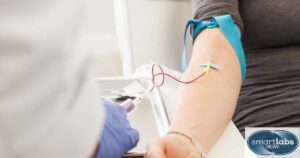
The HBsAg test is a simple blood test. A healthcare provider will draw a blood sample, typically from a vein in your arm. The process is quick and involves minimal discomfort, usually just a prick and possibly some bruising at the site of the draw.
A laboratory analyzes the collected blood sample to detect the presence of the hepatitis B surface antigen.
If you have recently been exposed to the virus, it may take several weeks for HBsAg to appear in your blood. This is why healthcare providers often recommend repeat testing when they still suspect an infection, even after an initial negative result.

Understanding HBsAg test results is key to managing HBV infection:
In addition to positive and negative results, HBsAg tests often report findings as reactive or non-reactive, with the possibility of reflex confirmation when results are unclear:
A reactive HBsAg result means that the test detected the presence of the hepatitis B surface antigen in the blood. This indicates an active HBV infection. Further testing is necessary to distinguish between an acute and chronic infection. Typically, a reactive result will trigger follow-up tests such as anti-HBc and HBV DNA testing to confirm the stage and severity of the infection.
A non-reactive result indicates that no hepatitis B surface antigen was detected, meaning there is no active HBV infection. If there is a concern about recent exposure, healthcare providers may recommend retesting in a few weeks, as it may take time for the virus to reach detectable levels. A non-reactive result could also suggest that the person is immune, especially if they’ve been vaccinated or have recovered from a past infection.
Sometimes, the initial HBsAg test results are unclear or borderline. In such cases, a Reflex Confirmation test is automatically performed to confirm the findings. This secondary test typically involves a more sensitive analysis to determine whether the antigen is present, ensuring the accuracy of the result. Reflex testing helps avoid false positives and provides a more definitive diagnosis, especially in cases of low antigen levels or recent infection.

Public health authorities require reporting of all HBsAg-positive cases. The National Notifiable Diseases Surveillance System (NNDSS) monitors these reports, essential for tracking and controlling HBV outbreaks. Reporting helps identify at-risk populations, enabling timely interventions like vaccination campaigns and education programs.

Several factors can influence the accuracy of HBsAg test results. For example, someone recently exposed to the virus might not test positive immediately, as the body needs time to produce detectable antigen levels. Therefore, repeat testing might be recommended if there’s still suspicion of infection despite a negative result.
Liver conditions, certain medications, and immunosuppressed states can also impact results, so it’s important to provide a complete medical history to your healthcare provider.

HBsAg testing is considered safe with minimal risks. The most common issues are minor discomfort, bruising, or slight swelling at the blood draw site. In rare cases, individuals may feel dizzy or faint. Following post-test care instructions can help minimize these effects.
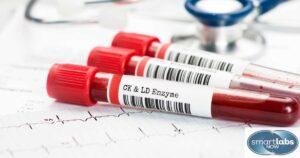
Additional tests are often performed alongside HBsAg testing to comprehensively understand a person’s hepatitis B status. These include:
These tests and HBV DNA measurements offer vital insights into disease progression and infectiousness and guide treatment decisions.
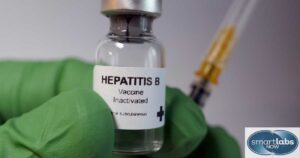
Prevention is key in controlling the spread of hepatitis B. Vaccination is recommended for all infants and unvaccinated adults who are at risk of HBV. The hepatitis B vaccine offers long-term protection and is safe for both children and adults. For those exposed to HBV, post-exposure prophylaxis (PEP) can significantly reduce the risk of chronic infection.

If the HBsAg test returns positive, additional testing and monitoring will follow to assess the severity of the infection. Chronic HBV is managed with antivirals like tenofovir or entecavir to suppress the virus and protect against liver damage. Regular liver health monitoring via blood tests, ultrasounds, or elastography may be needed to track the progression of the disease.

HBsAg testing is an essential tool for early detection and management of hepatitis B. Early diagnosis allows for timely interventions that can prevent serious complications like cirrhosis and liver cancer. Understanding HBsAg testing and healthcare guidelines helps individuals protect themselves and their communities from HBV spread.
Portland Residents & Visitors 🤓:
If you or your doctor suspect you’re at risk, book a screening today – before things potentially worsen.
Consult your primary care physician before using any pharmaceuticals, natural substances, or activities mentioned in this post. Smart Labs Now is not responsible for health or life outcomes resulting from this information. This account does not serve as a substitute for professional medical advice.